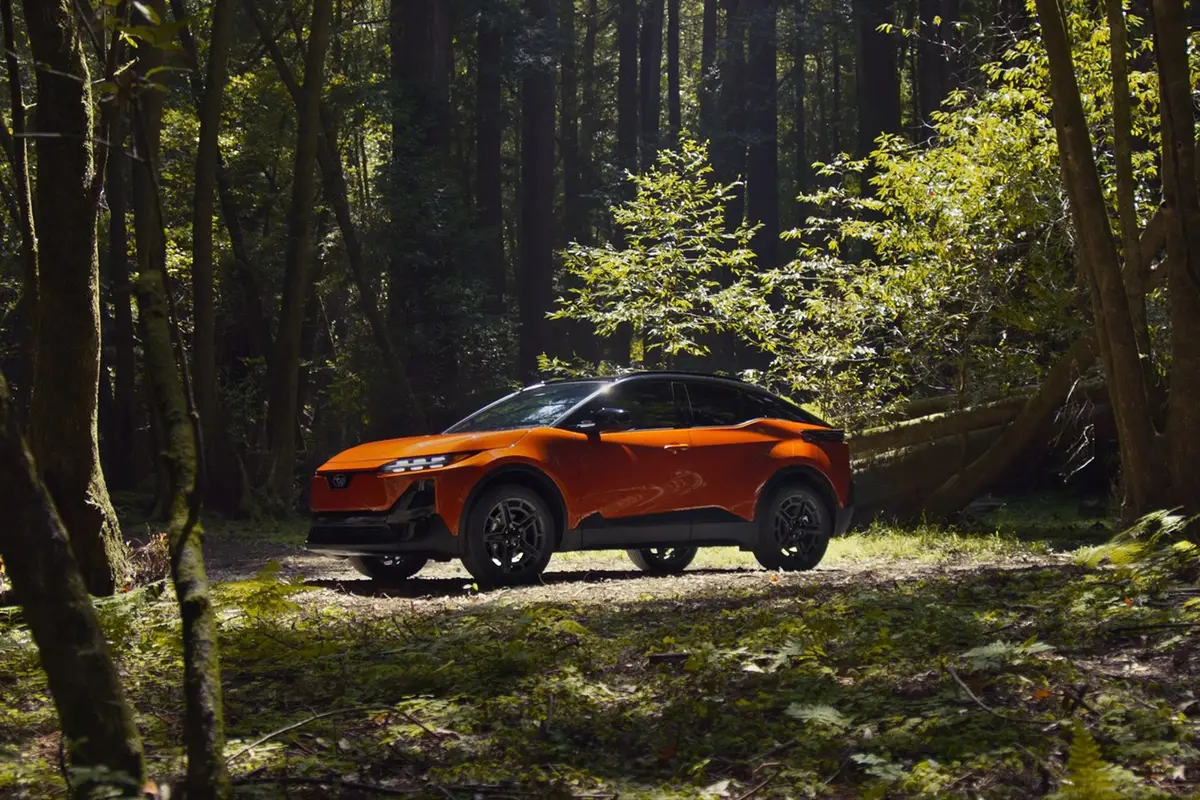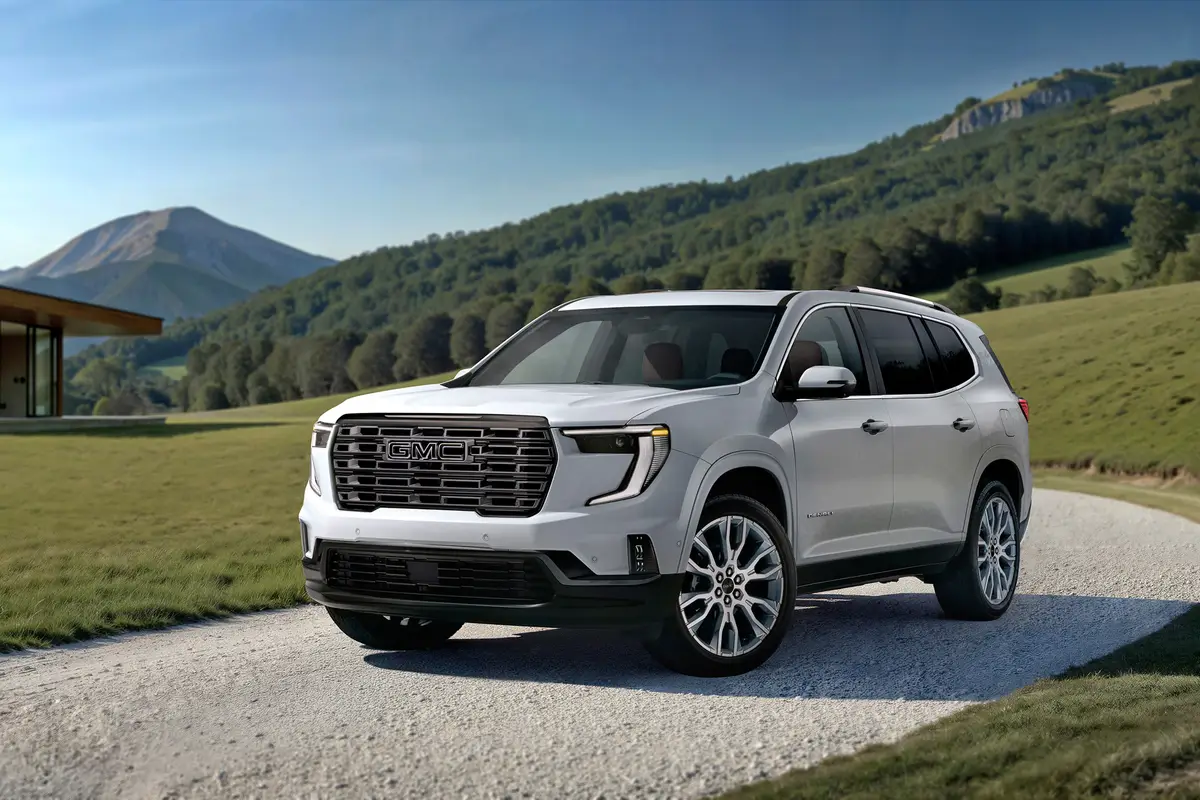washingtonpost.com's view
THE LOBBY of Mazda Motor Corp.’s assembly plant in Flat Rock,Michigan, tells much of the story. On the left sits a gleaming, white1989 Mazda MX-6 sports coupe. On the right, there’s a stunning, black,deliciously malevolent Ford Probe GT.
The two cars are mechanical and structural clones, built side-by-sideon the same assembly line, the offspring of a relationship in which Fordowns 25 percent of Mazda.
The sense of de’ja vu one gets from sitting in both sports coupes isno illusion. The layouts are similar: Both have relatively low rooflines, but enough headroom and legroom to seat four comfortably. Bothhave elliptical, hooded instrument panels conforming to the top curvesof their steering wheels. Both have conveniently located, pod-mountedcontrols.
Oh, but on the outside, how these two front-wheel-drive cars differ!In exterior appearance, they are like warring siblings, each bent onestablishing separate identities, consequences be damned!
The MX-6, slightly square of face and body, is the more conservativeof the two. Its minor concessions to style are modestly flared fenders– cute, inoffensive things.
The Probe is another matter. It has a low-slung, rounded, almostmenacing body, a design reminiscent of a Ferrari Testarossa. It’s a wildchild, capable of attracting as many enemies as friends.
Even the Probe’s name causes trouble, and that’s unfortunate andunfair.
Several women called me, demanding to know why Ford gave its car sucha “sexist name.”
In truth, the Probe name has been around for years, mostly riding onFord’s experimental show cars. In that context, it meant “Probe into thefuture.” The meaning hasn’t changed. The interpreters have.
Complaints: The lower-level Probe and MX-6 cars are a bitdisappointing in acceleration. Cars that look fast are supposed to movethat way. These move, but only after grumbling through the lower gears.
The Probe comes in three versions — the GL, LX and GT. The MX-6also has three faces, the DX, LX and GT.
All models are equipped with the Mazda-designed 2.2-liter, inline,4-cylinder engine. But the GT packages have something extra: aturbocharged 2.2 that gets 145 hp at 4,300 rpm versus 110 hp at 4,700rpm in the non-turbo GL, DX and LX.
If you’re more interested in driving than styling, get one of the GTmodels.
Praise: Both the MX-6 and Probe are all-around delightful sportscoupes, particularly in GT dress. They are highway cars that also turnin a nimble performance in the city.
Head-turning quotient: Parents probably would feel more comfortableseeing their children in an MX-6. The car simply looks more responsiblethan the Probe. But if you don’t have to worry about your parents, theProbe’s the ride.
Ride, handling, braking: Both the MX-6 and Probe have excellent rideand handling. Both have good brakes — power-assisted, ventilatedfront discs, with self-adjusting rear drum brakes in the less-expensivemodels and soli d rear discs in the GT cars. Anti-lock brakes areavailable for the GTs.
The Probe employs a stiffer suspension, which means it gives anoticeably harder ride than the MX-6.
Sound system: 80-watt, four-speaker, AM/FM stereo radio and cassette.Very good.
Mileage: About 25 to the gallon (15.9-gallon tank, estimated 390-milerange on usable volume) for both the Probe and MX-6 GT cars equippedwith five-speed manual transmissions. The GL, DX, LX models have a tadbetter fuel efficiency with manual gearboxes, a tad less with automatictransaxles.
Price: The 1989 — repeat, 1989 — Probe and MX-6 are on salethis spring. Base prices range from about $10,459 to $14,000, dependingon the model chosen. But fully equipped GT packages in both cars couldcost $17,000-plus. Prices, at this writing, were not firm.
Purse-strings note: Keep in mind that the Probe and MX-6 are,essentially, the same cars and that both are based on the in-many-wayscomparable Mazda 626. Forget t he slogans. Shop both Mazda and Forddealers to get the best price.
Latest news



